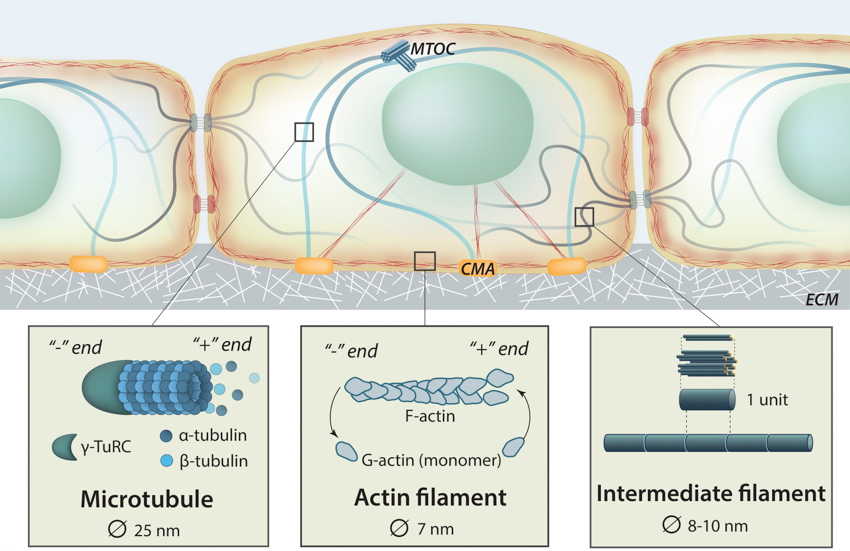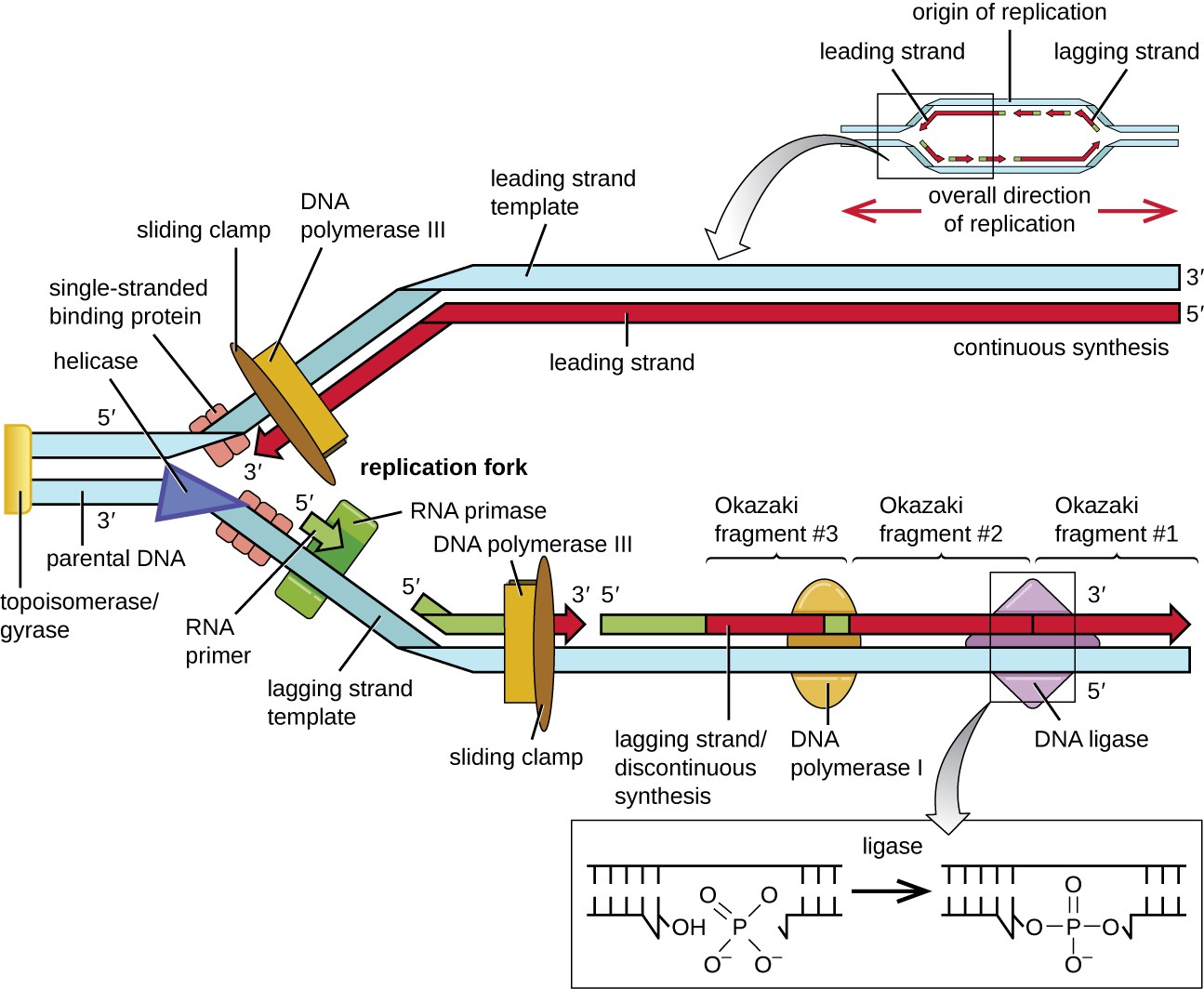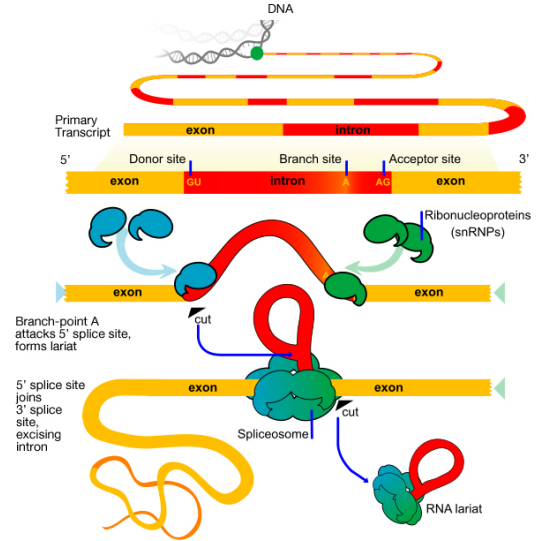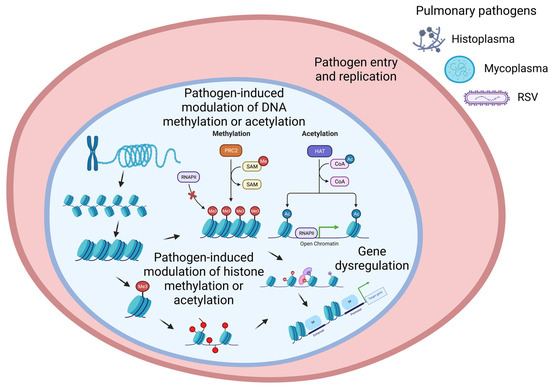Mastering Cell Biology for IMAT Success
A Comprehensive Guide
Table of Contents
- Part 1: The Fundamental Units of Life
- Part 2: The Cell Membrane and Transport
- Part 3: The Cellular Machinery
- Part 4: The Central Dogma and Gene Expression
- Part 5: The Cell Cycle, Division, and Repair
- Part 6: Cellular Communication
- Part 7: Cell Adhesion and the Extracellular Matrix
- Part 8: Cellular Metabolism and Energy
- Part 9: Cell Fate and Specialization
- Part 10: Acellular Structures - Viruses
- Conclusion and IMAT Focus Points
🌟 Introduction
The Significance of Cell Biology in the IMAT
Cell biology is a fundamental discipline within the broader field of biology, and its principles form a cornerstone of the biology section of the International Medical Admissions Test (IMAT). A thorough understanding of cellular structures, their functions, and the intricate processes that govern cell life is not merely academic; it is essential for achieving a high score on this competitive examination. The IMAT assesses a candidate's grasp of the basic units of life, from the simplest prokaryotic organisms to the complex, compartmentalized eukaryotic cells that make up plants, animals, fungi, and protists. Mastery of topics such as cell type distinctions, membrane transport mechanisms, and organelle functions is directly correlated with success in the biology component of the test.
The most effective preparation involves not just memorizing facts, but also comprehending the underlying principles and the "why" behind cellular structures and their functions. This deeper understanding is what the IMAT aims to test and what this guide endeavors to foster.
🧬 Part 1: The Fundamental Units of Life
1.1 The Cell Theory and Endosymbiosis
The cell theory is a cornerstone of modern biology, positing that all living things are made of cells, cells are the basic unit of life, and all cells come from pre-existing cells. An extension of this is the endosymbiotic theory, which proposes that eukaryotic organelles like mitochondria and chloroplasts originated as free-living prokaryotes that were engulfed by an ancestral host cell, forming a symbiotic relationship. Evidence for this includes that these organelles have their own circular DNA, 70S ribosomes, and double membranes.
1.2 Comparison of Animal and Plant Cells

The Animal Cell
Image Source
The Plant Cell
Image Source| Feature | Animal Cell | Plant Cell |
|---|---|---|
| Cell Wall | Absent | Present (composed mainly of cellulose) |
| Chloroplasts | Absent | Present (site of photosynthesis) |
| Vacuole | Small or absent | Large central vacuole; maintains turgor pressure and stores substances |
| Centrosome | Present (acts as a microtubule-organizing center) | Absent in higher plants |
| Intercellular Junctions | Tight junctions, desmosomes, gap junctions | Plasmodesmata |
| Shape | Variable (due to lack of cell wall) | Fixed (due to presence of cell wall) |
1.3 Critical Comparison: Prokaryotic vs. Eukaryotic Cells

Prokaryotic vs. Eukaryotic Cells
Image Source| Feature | Prokaryotic Cell | Eukaryotic Cell |
|---|---|---|
| Size | Typically 0.2-2.0 µm | Typically 10-100 µm |
| Nucleus | Absent; DNA in a nucleoid region | Present; DNA enclosed in a nuclear envelope |
| DNA Structure | Single, circular DNA molecule; no histones; plasmids common | Multiple, linear DNA molecules (chromosomes) complexed with histones |
| Membrane-Bound Organelles | Absent | Present (e.g., mitochondria, ER, Golgi) |
| Ribosomes | 70S (50S + 30S subunits) | 80S (60S + 40S) in cytoplasm; 70S in mitochondria/chloroplasts |
| Cell Wall | Usually present; peptidoglycan in bacteria | Present in plants (cellulose) and fungi (chitin); absent in animal cells |
| Cell Division | Binary fission | Mitosis and meiosis |
| Cytoskeleton | More rudimentary | Complex (microtubules, actin filaments, intermediate filaments) |
🚪 Part 2: The Cell Membrane and Transport
2.1 The Fluid Mosaic Model
The fluid mosaic model describes the cell membrane as a dynamic, fluid entity composed of a phospholipid bilayer with embedded proteins, cholesterol, and carbohydrates. This fluidity, influenced by fatty acid saturation and cholesterol content, is crucial for functions like transport and signaling.

The Fluid Mosaic Model of the Cell Membrane
Image Source2.2 Comparison of Transport Mechanisms
| Transport Type | Description | Energy (ATP) Required? | Transporter Protein Required? | Examples of Substances |
|---|---|---|---|---|
| Simple Diffusion | Movement down a concentration gradient directly across the lipid bilayer. | No | No | $O_2$, $CO_2$, lipid-soluble molecules |
| Facilitated Diffusion | Movement down a concentration gradient via a channel or carrier protein. | No | Yes | Glucose, amino acids, ions ($Na^+$, $K^+$) |
| Active Transport | Movement against a concentration gradient, involving a pump protein. | Yes | Yes (Pumps) | $Na^+/K^+$ pump, proton pumps |
2.3 Bulk and Vesicular Transport
Bulk transport mechanisms move large substances across the membrane using vesicles. Endocytosis brings material into the cell, while exocytosis expels it. This trafficking is highly regulated.

Intracellular Vesicular Transport and the Role of Rab Proteins
Image Source| Type of Endocytosis | Description | Example |
|---|---|---|
| Phagocytosis | "Cell eating"; engulfment of large solid particles, such as bacteria or cellular debris, into a phagosome. | A macrophage engulfing a bacterium. |
| Pinocytosis | "Cell drinking"; nonspecific uptake of extracellular fluid and solutes into small vesicles. | Absorption of nutrients in the small intestine. |
| Receptor-Mediated Endocytosis | Highly specific uptake of molecules (ligands) that bind to receptors on the cell surface, often in clathrin-coated pits. | Uptake of cholesterol (bound to LDL). |
⚙️ Part 3: The Cellular Machinery
3.1 The Endomembrane System and Protein Trafficking
The endomembrane system (nuclear envelope, ER, Golgi, lysosomes, vesicles) works together to synthesize, modify, package, and transport proteins and lipids. Proteins destined for secretion or insertion into membranes are synthesized on the Rough ER and travel through the Golgi apparatus for further processing.

The Endomembrane System
Image Source3.2 The Cytoskeleton and Cell Motility
The cytoskeleton is a dynamic network of protein filaments that provides structural support, facilitates intracellular transport, and enables cell movement. Its components are compared below.

The Cytoskeleton: Filaments and Their Functions
Image Source| Filament Type | Monomer | Structure & Diameter | Primary Functions | Associated Motor Proteins |
|---|---|---|---|---|
| Actin Filaments (Microfilaments) | G-actin | Two intertwined strands forming a flexible helix (7 nm) | Cell shape (cortex), muscle contraction, cytokinesis, cell migration (lamellipodia) | Myosin |
| Microtubules | α/β-tubulin dimer | Hollow, rigid cylinder (25 nm) | Organelle positioning, intracellular transport tracks, chromosome segregation (mitotic spindle), cilia/flagella motility | Kinesin, Dynein |
| Intermediate Filaments | Various (e.g., keratins, lamins) | Rope-like, tough fibers (10 nm) | Providing mechanical strength, nuclear lamina structure, anchoring organelles | None |
📜 Part 4: The Central Dogma and Gene Expression
4.1 DNA Replication
DNA replication is the semi-conservative process of duplicating the entire genome before cell division. It involves a complex machinery of enzymes.

DNA Replication Initiation
Image Source
The DNA Replication Fork and Key Enzymes
Image Source| Enzyme | Function in DNA Replication |
|---|---|
| Helicase | Unwinds the DNA double helix at the replication fork. |
| Primase | Synthesizes a short RNA primer to provide a 3'-OH group for DNA polymerase to start synthesis. |
| DNA Polymerase III | The main enzyme for synthesizing the new DNA strand in the 5' to 3' direction. |
| DNA Polymerase I | Removes the RNA primers and replaces them with DNA. |
| DNA Ligase | Joins the Okazaki fragments on the lagging strand by forming phosphodiester bonds. |
4.2 Transcription and RNA Processing
Transcription is the synthesis of an RNA molecule from a DNA template. In eukaryotes, this initial pre-mRNA transcript is modified via capping, polyadenylation, and splicing before export to the cytoplasm for translation.

Overview of Eukaryotic Transcription and RNA Processing
Image Source4.3 Translation and Protein Quality Control
Translation is the synthesis of a polypeptide, directed by the mRNA sequence, on ribosomes. After synthesis, proteins can undergo post-translational modifications (e.g., phosphorylation, glycosylation). Misfolded or damaged proteins are eliminated by the Ubiquitin-Proteasome System to maintain cellular health.

The Ubiquitin-Proteasome System for Protein Degradation
Image Source🔄 Part 5: The Cell Cycle, Division, and Repair
5.1 Regulation of the Eukaryotic Cell Cycle
The cell cycle's progression is driven by the activity of Cyclin-Dependent Kinases (CDKs), which are regulated by their binding to cyclins. Checkpoints ensure the fidelity of the process.
| Checkpoint | Primary Function | Key Regulators |
|---|---|---|
| G₁/S Checkpoint | Commits the cell to a new division cycle. Checks for favorable conditions and DNA damage. | p53, Rb protein, Cyclin D/CDK4-6, Cyclin E/CDK2 |
| G₂/M Checkpoint | Ensures DNA replication is complete and damage is repaired before entering mitosis. | Cyclin B/CDK1 (MPF) |
| Spindle Checkpoint | Ensures all chromosomes are correctly attached to the spindle before anaphase. | Anaphase Promoting Complex (APC/C) |
5.2 Detailed Comparison of Mitosis and Meiosis

Detailed Comparison: Mitosis vs. Meiosis
Image Source| Feature | Mitosis | Meiosis |
|---|---|---|
| Purpose | Somatic cell proliferation, growth, repair. | Gamete production for sexual reproduction. |
| Number of Divisions | One | Two (Meiosis I and Meiosis II) |
| Key Event | Separation of sister chromatids. | Synapsis, crossing over, and separation of homologous chromosomes (Meiosis I). |
| Genetic Outcome | Two diploid (2n) daughter cells, genetically identical to the parent cell. | Four haploid (n) daughter cells, genetically diverse. |
5.3 DNA Repair Mechanisms
To maintain genomic integrity, cells employ several pathways to repair DNA damage.

Major DNA Repair Pathways
Image Source📡 Part 6: Cellular Communication
6.1 Principles of Signal Transduction
Cells communicate using chemical signals. The type of signaling depends on the distance the signal travels.
| Signaling Type | Description |
|---|---|
| Endocrine | Hormones travel through the bloodstream to act on distant target cells. |
| Paracrine | A cell releases signals that act on nearby target cells. |
| Autocrine | A cell releases signals that act on itself. |
| Synaptic | Neurotransmitters are released at a synapse to act on a specific postsynaptic cell. |
6.2 Comparison of Major Cell Surface Receptors

G-Protein Coupled Receptor (GPCR) Signaling Pathway
Image Source
Receptor Tyrosine Kinase (RTK) Signaling Pathway
Image Source🤝 Part 7: Cell Adhesion and the Extracellular Matrix
7.1 Intercellular Adhesion
Specialized cell junctions connect cells to form organized tissues.

Types of Cell Junctions
Image Source7.2 The Extracellular Matrix (ECM)
The ECM is a complex network of secreted macromolecules that provides structural and biochemical support to surrounding cells.

The Extracellular Matrix (ECM) and Integrin Interaction
Image Source| ECM Component | Function |
|---|---|
| Collagens | Provide tensile strength and resist stretching. |
| Elastin | Provides resilience and elasticity to tissues. |
| Proteoglycans | Form a hydrated, gel-like ground substance that resists compression. |
| Fibronectin | Connects cells to the ECM by binding to integrins. |
⚡️ Part 8: Cellular Metabolism and Energy
8.1 Overview of Cellular Respiration
Cellular respiration is the process of converting the chemical energy in glucose into ATP. It occurs in three main stages.

Overview of Cellular Respiration
Image Source| Metabolic Pathway | Location | Main Inputs | Main Outputs (per glucose) |
|---|---|---|---|
| Glycolysis | Cytoplasm | Glucose, 2 ADP, 2 NAD⁺ | 2 Pyruvate, 2 ATP, 2 NADH |
| Citric Acid Cycle (Krebs Cycle) | Mitochondrial Matrix | 2 Acetyl-CoA, 6 NAD⁺, 2 FAD, 2 ADP | 4 $CO_2$, 6 NADH, 2 FADH₂, 2 ATP |
| Oxidative Phosphorylation | Inner Mitochondrial Membrane | NADH, FADH₂, $O_2$, ADP | ~26-28 ATP, $H_2O$, NAD⁺, FAD |
🌱 Part 9: Cell Fate and Specialization
9.1 Stem Cells and Epigenetic Regulation
Cellular differentiation is largely controlled by epigenetics—heritable changes in gene expression that do not involve alterations to the DNA sequence itself. Key mechanisms include DNA methylation and histone modifications, which control whether chromatin is accessible (euchromatin) or condensed (heterochromatin).

General Schematic of Epigenetic Modifications
Image Source
Histone Tail Modifications in Epigenetics
Image Source9.2 The Diversity of Cell Death
Regulated cell death is essential for development and tissue homeostasis.

The Pathways of Apoptosis (Programmed Cell Death)
Image Source
Late Steps of Autophagy: Fusion with Lysosome
Image Source| Type | Key Features | Mechanism |
|---|---|---|
| Apoptosis | Programmed cell death. Non-inflammatory. Cell shrinkage, chromatin condensation, apoptotic bodies. | Often caspase-dependent. Initiated by extrinsic (death receptor) or intrinsic (mitochondrial) pathways. |
| Necroptosis | Programmed necrosis. Inflammatory. Cell swelling and membrane rupture. | Caspase-independent alternative to apoptosis, mediated by RIP kinases. |
| Autophagy | Self-eating. Survival mechanism that can lead to cell death. Formation of autophagosome. | Degrades cellular components to recycle nutrients. Can be caspase-independent. |
🦠 Part 10: Acellular Structures - Viruses
Viruses are obligate intracellular parasites that hijack host cell machinery to reproduce. They are not considered cells. Their replication cycles can be lytic (destroying the host cell) or lysogenic (integrating into the host genome).
| Feature | Lytic Cycle | Lysogenic Cycle |
|---|---|---|
| Host Cell Fate | Lysed and destroyed. | Remains alive, with viral DNA integrated. |
| Viral DNA | Remains separate from host DNA. | Integrates into the host chromosome (prophage). |
| Outcome | Rapid production and release of new virions. | Dormant replication of viral genome along with host cell. |

Basic Structure of a Virus
Image Source🎯 Conclusion and IMAT Focus Points
Key Takeaways in Cell Biology for IMAT
This guide has traversed the intricate world of cells, from their fundamental structures to the complex molecular machinery that governs their life, communication, and death. Key areas to consolidate include:
- Core Structures & Transport: Master the differences between prokaryotes and eukaryotes, the fluid mosaic model, and all forms of membrane transport.
- Organelle Function & Cytoskeleton: Understand the roles of all major organelles and the distinct functions of actin, microtubules, and intermediate filaments.
- The Central Dogma & Its Regulation: Be fluent in the processes of DNA replication, transcription, RNA processing, and translation, including the mechanisms of DNA repair and protein quality control.
- Cell Cycle Control: Know the phases of the cell cycle, the roles of cyclins/CDKs, and the function of the major checkpoints.
- Signaling Pathways: Differentiate between GPCR and RTK signaling and understand the logic of intracellular cascades like the MAP kinase pathway.
- Cell Death & Specialization: Compare and contrast apoptosis, necroptosis, and autophagy. Understand the role of epigenetics in stem cell differentiation.
Strategic Approaches to Cell Biology Questions
- Emphasize Structure-Function Relationships: A recurring theme in biology is how structure dictates function. For every cellular component, strive to understand how its specific structure enables its particular functions.
- Interpret Diagrams: The IMAT often includes questions based on diagrams. Practice interpreting these visual representations, identifying key structures, and relating them to their functions.
- Focus on Comparisons: Many exam questions revolve around comparisons. Be adept at contrasting prokaryotic and eukaryotic cells, different types of membrane transport, mitosis vs. meiosis, and different cell death pathways.
- Master Key Terminology: Ensure a clear understanding of terms like "amphipathic," "caspase-dependent," "epigenetics," "kinase cascade," and "ubiquitination."